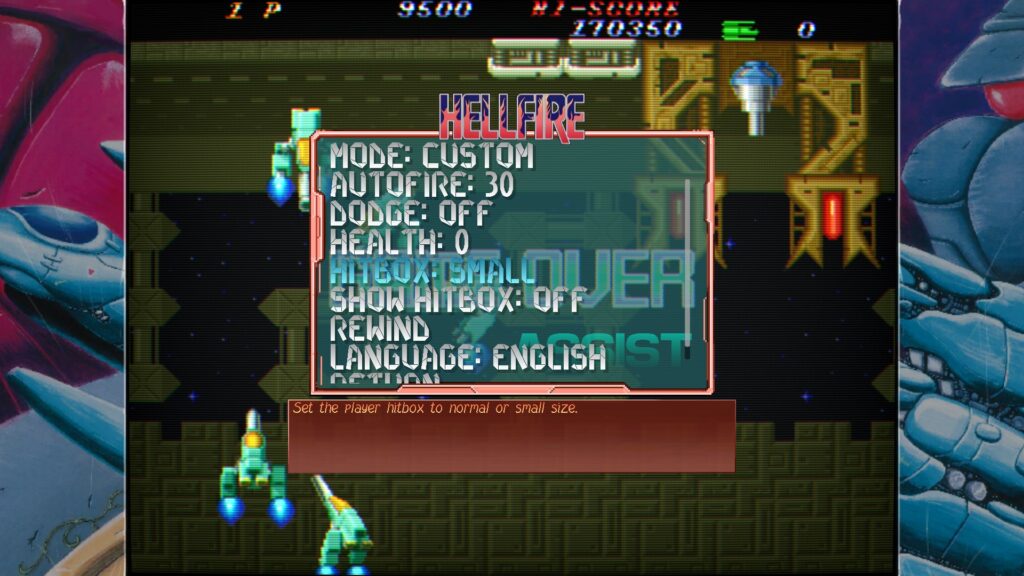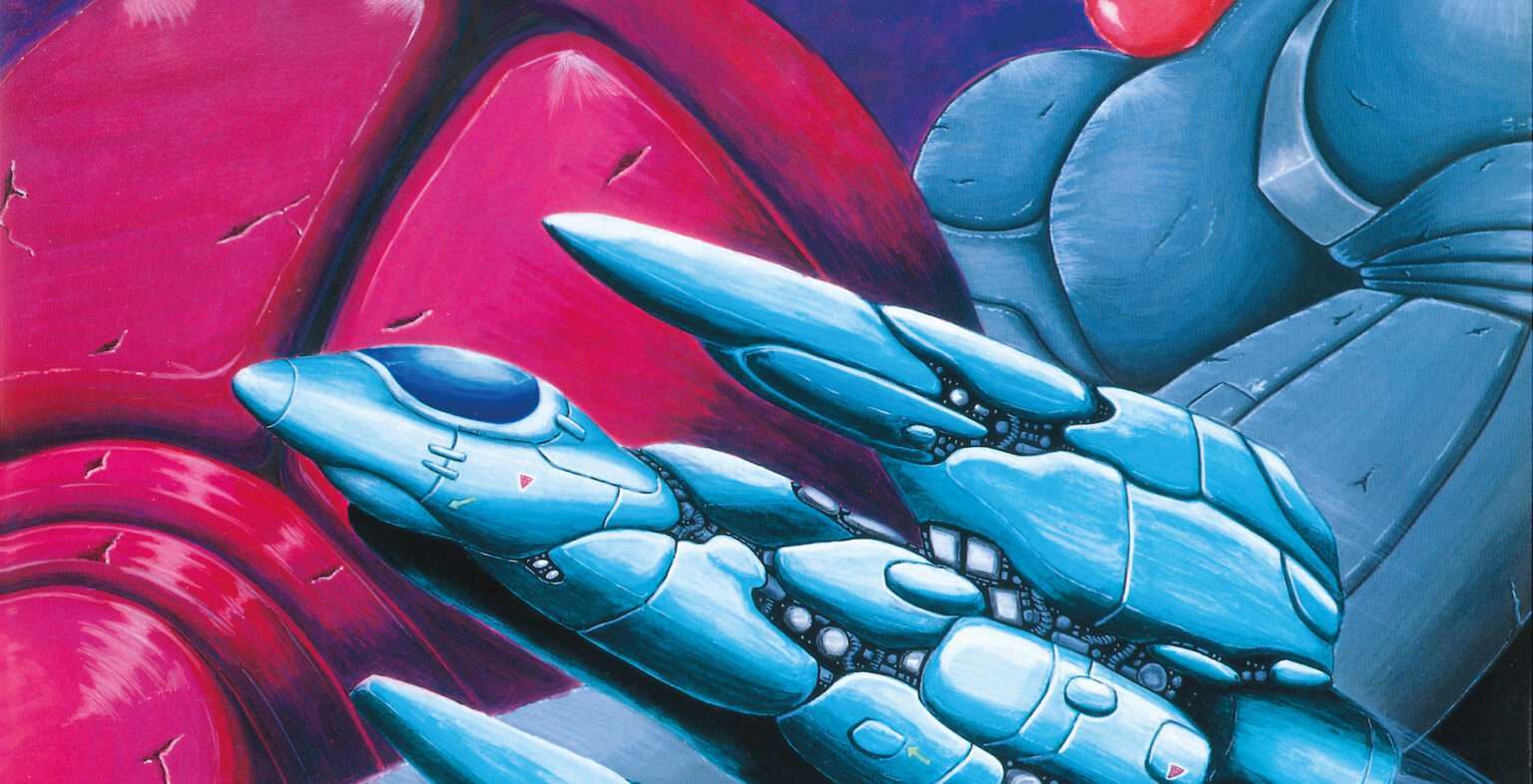Bitwave Games is truly going full steam ahead with the release of arcade and console classics on the Steam store. Its most recent nine releases all hail from the late 80s and early 90s, and among them, eight are Toaplan Shoot’em ups bundled together on Steam in two package deals. the ninth one is Mr. Gimmick! which we reviewed on Retrolike.net. The initial bundle was launched in February, and now the second batch has also been added to the Steam store. These games are also available for individual purchase under the title “Toaplan Arcade Shoot’em Up Collection Vol. 2.”
Toaplan the grandfather of modern day shoot’em ups
Toaplan can be credited with spearheading the revitalization of the Shoot’em up genre in the late 80s. The company paved the way for subsequent developers that emerged following Toaplan’s bankruptcy, including prominent names like Cave, Eighting, and Takumi. These companies owe much of their existence to the groundbreaking foundation laid by Toaplan, be it in personnel that came from Toaplan or its gameplay foundations.
Toaplan was there, at the forefront of the emergence of the “Danmaku” niche, now more commonly referred to as the “bullet hell” subgenre. This innovative style of gameplay introduced intricate patterns of on-screen projectiles, a hallmark of the bullet hell subgenre. Toaplan’s role in shaping this niche was, in my opinion, pivotal and its influence on the subsequent evolution of shooters cannot be overstated.
The Game-Changing “Batsugun”
In 1993, Toaplan released “Batsugun,” a game that would redefine the arcade shooter landscape. Often regarded as the pioneer of bullet hell games, “Batsugun” introduced players to a new level of intensity with its relentless barrage of bullets and intricate dodging mechanics. This game marked a turning point, setting new standards for challenge and gameplay complexity.
The slew of shooters Toaplan released before it, all worked the way to that point in time. Most of us that know Toaplan are acquainted with the developer and publisher through its prolific arcade port releases on the Sega Megadrive/Genesis. Zero Wing, Truxton, Fire Shark, Hellfire and Twin Cobra.
Freedom of choice
This compilation adds another four games to the Steam shop: Slap Fight, Flying Shark, Fire Shark and Hell Fire. It games are spread out and intermingle with the first collection when you take Toaplan’s development timeline in consideration. It is remarkable to see technical and gameplay innovation take such a flight in such a short time.
In this set three are are vertical shmups. Of those three, Fire shark share the distinct powerup system with Truxton from the first collection. Anyone how played this Toaplan game before will recognize it immediately. Different weapon-types, multi-step weapon power ups, and not be forgotten, speed power ups.
The great decision made by Bitwave Games to sell these games individually and bundle them up for a discount, needs to be applauded and praised way more. The (indirect) money-gauging schemes of locking and distributing games in incoherent and uncurated collections, often driven by limited physical editions to exploit the Fear Of Missing Out (FOMO), do not apply to Bitwave Games. Bitwave Games offers you the freedom to acquire these games as you see fit.
Emulation
Apart from the economics, Bitwave AB found a great template for porting and emulating these arcade games. It is loaded with all sorts of features. You can get very particular about your emulations settings and Bitwave has you covered. The video settings are over the top. Every little detail can be fine tuned and changed to your own liking. However, I must admit that Bitwave’s scanline filters are remarkably well-executed. In their default configuration, they recreate a very authentic ambiance of gazing at an CRT arcade monitor.
Accessibility
The accessibility features are also well done and plentiful. I haven’t seen changing the hitbox size before in these kind of ports, but all these games allow you to set autofire as well as add additional hits to your lives, too. It is incredibly flexible, making these games enjoyable for everyone, even if the these kind of games are usually above your skill level. Even for a Toaplan veteran for 35 years, setting the hitbox to “small” (as in “bullet hell” size) makes Fire Shark and Flying Shark instantly (even) more enjoyable games. It is undeniably a feature that should be a standard for shmup emulation releases from now on.

Leaderboards
The online leaderboards add a little competitive edge to the games. The leaderboards are thoughtfully divided, with distinct categories for scores achieved with and without accessibility features enabled. It even displays which accessibility features were enabled for individual scores. Also scores set in 1P or 2P modes are split up, as 2P mode as playing the game in multiplayer should give a fair bit of an advantage.
Slap Fight (1986)
Slap Fight lingers with one foot in in the golden era of shmups, giving off a strong Xevious vibe. However, at the same time it adds quite a bit of new mechanics that sets it apart from its contemporaries. Mainly the ability to expand your ship with “add-ons”, that literally attach to your ship, The way you acquire these add-ons is completely stolen from ship-upgrade system of Gradius, using its famous upgrade bar, where every upgrade represents a certain count of untapped upgrade points.

Flying Shark (1987)
Toaplan went for a more realistic visual representation of a jungle battlefield and gear with Flying Shark. You fly a biplane, with which you have to charge through a barrage of enemy (bi)planes, tanks, bunkers and bosses. It is the first time the recognisable Toaplan concept got shape in the form of speed power ups and weapon improvements.
Fire Shark (1989)
Fire Shark takes the same realistic grit of Flying Shark and puts it on the Truxton gameplay template. As such, Fire Shark is basically an earthly version of Truxton. In my personal opinion it is a bit more lenient compared to Truxton, making it my personal favorite game released by Toaplan. The power-up system is the same as Truxton’s, where you need 3 power up icons to upgrade your current weapon. Also just like Truxton, you can switch between three weapons by picking up it’s corresponding green, blue or red icon.

Hellfire (1989)
The last remaining game is another of those Toaplan games that is most known for it’s Megadrive/Genesis release. HellFire is the odd one out in this collection, as it’s the only horizontal orientated game in the set. It is also the game that has an unique gameplay mechanic where it allows you to switch your shooting direction. With a button you can cycle through firing forward, backward, diagonal in all directions and up and down. This allowed the developers to create puzzle-like elements to the environments, creating an unique gameplay experience for the time. It takes a bit of time to get used to cycling through your options. Once you get the hang of it, though, the game becomes a fluently playing and highly addictive shmup.
The bundle roundup
There isn’t a game that doesn’t fit in or is significantly worse than the others in this bundle. Sure, I have my favorites (Fire Shark and Hellfire for sure). Across the board, these are all quality games additions to the Toaplan Steam library. In that respect, Toaplan Collection vol. 2 feels more curated than volume 1, where I feel Outzone is a bit like an outsider in the set. The emulation is top-notch, and all games are feature-heavy. Are there things to wish for? Yes, of course. Collections can always include more games and be more affordable. €/$ 7.79 per game (if you buy them individually) won’t break the bank, but compared to Evercade and other bundles, 2 more games would have fit €/$19.99 even better.
Pros:
+ well curated collection of games
+ loaded with emulation and gameplay features
+ well implemented leaderboards
+ simple but nice user interface
Cons:
- As a bundle 6 games for €/$ 20 would have been better


